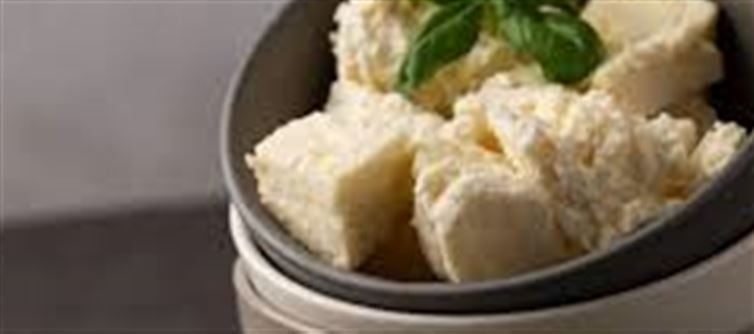
The festive season in india is synonymous with sweets like gujiya, peda, and gulab jamun, all of which rely on khoya (mawa) as a primary ingredient. But with stores stocking a variety of packaged khoya, it’s easy to pick up a fake or low-quality version that can affect taste and texture. Here’s how to spot the difference instantly before buying.
1. Check the Texture
· Real khoya: Soft, slightly grainy, and moist. It should break easily when pressed but hold shape.
· Fake khoya: Often too smooth or rubbery, indicating the use of vegetable fat or milk powder instead of pure milk.
2. Smell Test
· Real khoya: Has a rich, fresh dairy aroma, slightly sweet.
· Fake khoya: May smell artificial or overly sweet due to added sugar, preservatives, or synthetic flavors.
3. Taste a Small Piece
· Real khoya: Mild, creamy, and naturally sweet.
· Fake khoya: Tastes artificially sweet or leaves a chemical aftertaste, often hinting at adulteration.
4. Color Observation
· Real khoya: Off-white to pale yellow, depending on milk used.
· Fake khoya: Very white or overly yellow; unnatural coloring is sometimes added to mimic richness.
5. Water Test at home (optional for packaged khoya)
· Take a small piece and put it in water.
· Real khoya: Slowly dissolves, releasing a creamy texture.
· Fake khoya: May remain intact or dissolve quickly without creaminess, indicating fillers.
6. Check Shelf Life & Packaging
· Real khoya: Fresh khoya doesn’t have a very long shelf life and is usually sold refrigerated.
· Fake khoya: Packaged khoya with long shelf life might have preservatives, stabilizers, or vegetable fats.
Bonus Tip: Buy from Trusted Vendors
During the festive rush, buying khoya from reputed dairies or trusted sweet shops ensures you get authentic quality and a better taste for your sweets.
By using these simple sensory tests – touch, smell, taste, and look, you can instantly distinguish real khoya from fake. This ensures your festive sweets are delicious, creamy, and perfectly authentic.
Disclaimer:
The views and opinions expressed in this article are those of the author and do not necessarily reflect the official policy or position of any agency, organization, employer, or company. All information provided is for general informational purposes only. While every effort has been made to ensure accuracy, we make no representations or warranties of any kind, express or implied, about the completeness, reliability, or suitability of the information contained herein. Readers are advised to verify facts and seek professional advice where necessary. Any reliance placed on such information is strictly at the reader’s own risk..jpg)




 click and follow Indiaherald WhatsApp channel
click and follow Indiaherald WhatsApp channel